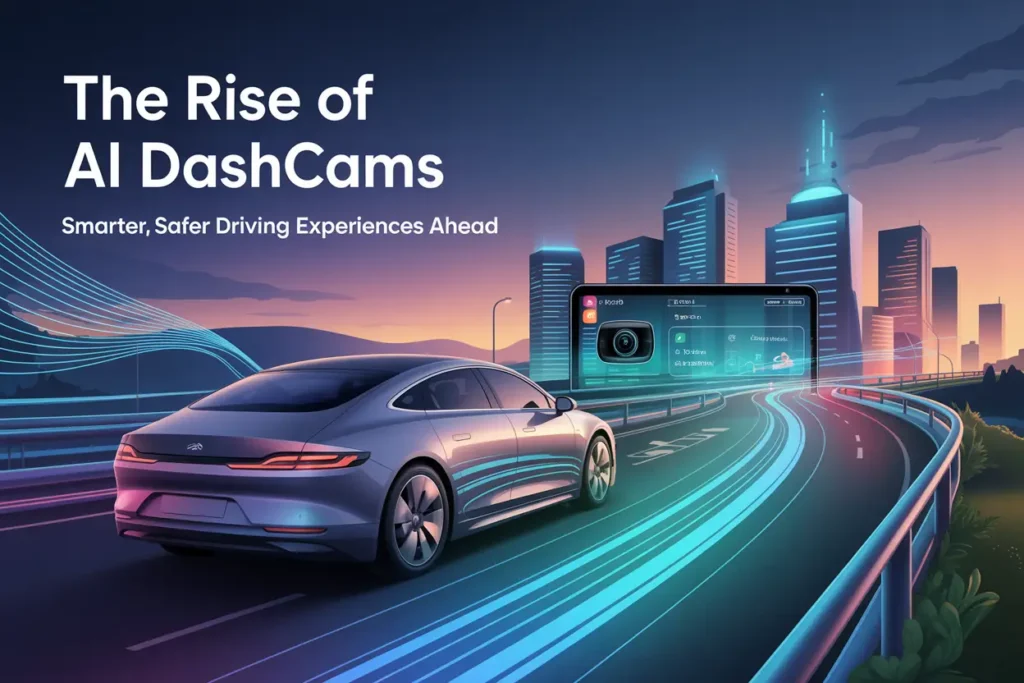
A New Era in Vehicle Safety and Surveillance
In the rapidly evolving world of automotive technology, AI dashcams are emerging as indispensable tools for drivers, insurers, and fleet managers alike. These intelligent devices go far beyond simple video recording. By leveraging machine learning, computer vision, and real-time data analytics, AI dashcams are transforming vehicles into smart, responsive machines capable of enhancing safety, reducing liability, and offering a seamless driving experience. As the automotive industry moves toward greater automation and connectivity, the rise of AI-powered dash cams marks a significant leap forward.
What Are AI Dash Cams and How Do They Work?
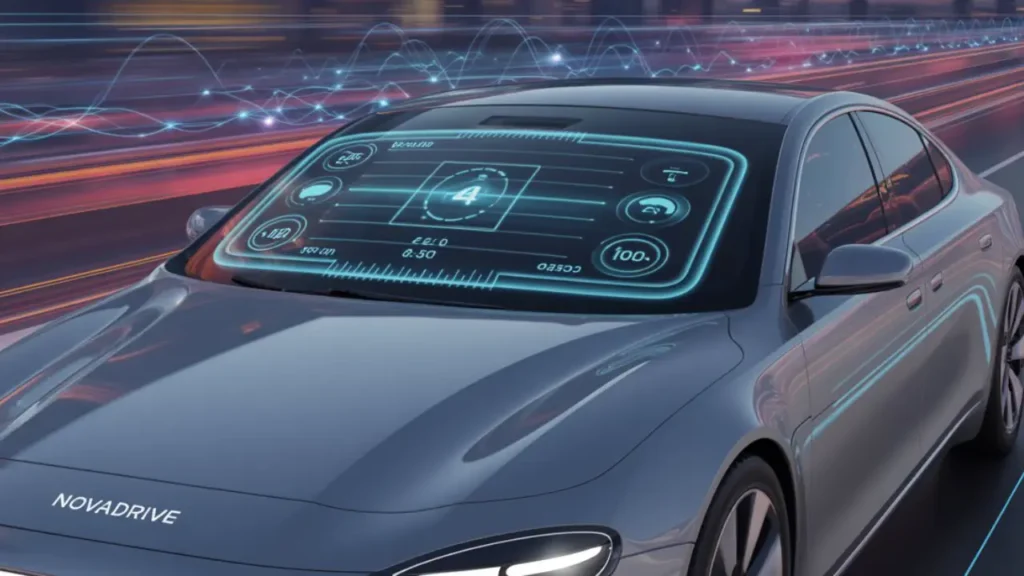
AI dashcams are next-generation dashboard cameras equipped with artificial intelligence capabilities that can recognize objects, interpret road situations, and make decisions in real-time. Unlike traditional dash cams that merely record footage, AI dash cams analyze visual data on the fly to detect events such as:
- Lane departures
- Hard braking
- Driver distraction
- Tailgating
- Speeding
- Pedestrian proximity
By utilizing sensors, GPS modules, and cloud connectivity, these dashcams not only record but also interpret and respond to road dynamics. Some models are capable of voice alerts, automatic footage upload, and even integration with fleet management software, allowing real-time tracking and risk management.
Key Benefits of AI Dashcams for Everyday Drivers
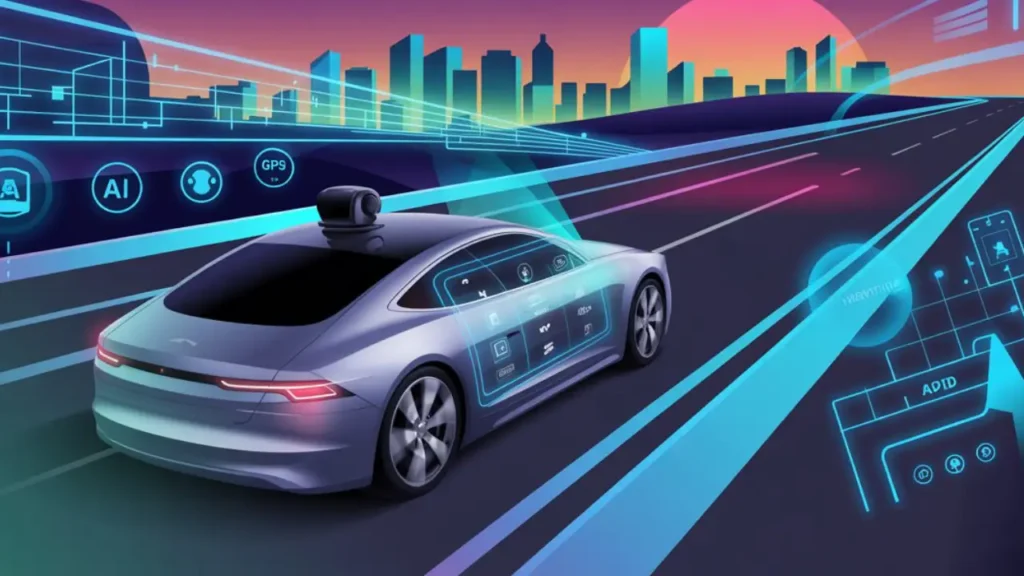
Enhanced Road Safety
AI dashcams act as a virtual co-pilot, constantly scanning for potential dangers. They alert drivers about potential collisions, unsafe lane changes, or erratic driving patterns. This real-time feedback can drastically reduce the risk of accidents, especially for long-haul or fatigued drivers.
Accurate Incident Documentation
In the unfortunate event of an accident, AI dash cams offer indisputable evidence. Advanced models can pinpoint the exact time, location, and nature of the incident. With features like event tagging and facial recognition, insurance fraud and liability disputes can be significantly mitigated.
Insurance Benefits and Claims Processing
Many insurance companies are now offering discounts to drivers who install AI dashcams. The ability to quickly verify claims with reliable video evidence expedites claim processing and reduces premium costs for safe drivers.
Driver Behavior Monitoring
For parents or business owners, AI dashcams allow the monitoring of driver habits such as phone use, drowsiness, or aggressive acceleration. This not only promotes responsible driving but also helps in coaching and improving driving skills over time.
AI Dash Cams for Commercial Fleets: A Game-Changer
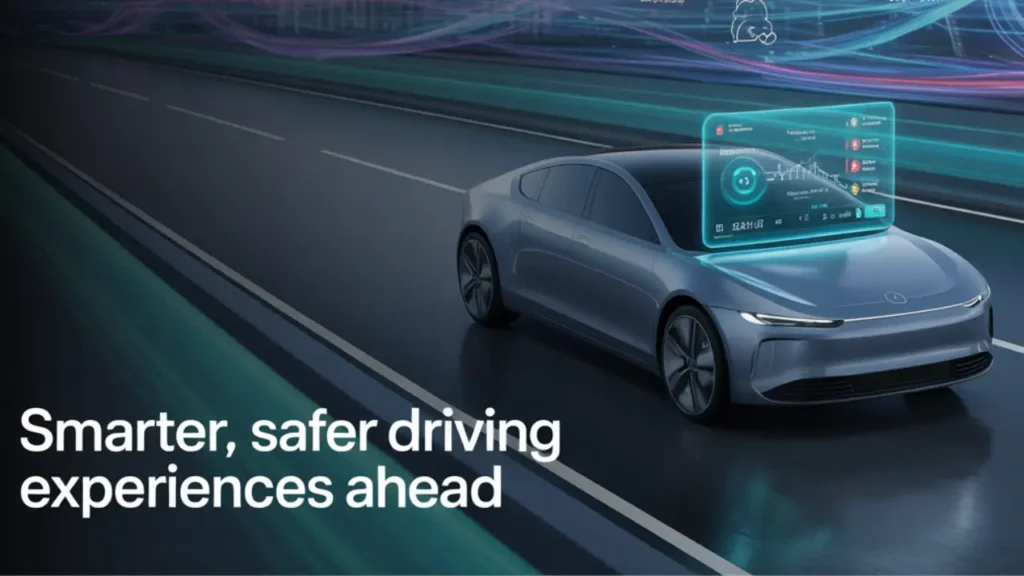
Fleet managers are increasingly integrating AI dashcams to streamline operations and enforce safety protocols. The benefits are multifold:
- Real-time vehicle tracking
- Driver scorecards and coaching
- Reduction in false claims and insurance costs
- Compliance with industry regulations
- Proactive maintenance alerts
By analyzing thousands of data points daily, AI dashcams enable predictive analytics that can help prevent breakdowns and improve delivery times.
Top Features to Look for in an AI Dashcam
When selecting an AI dashcam, consider the following advanced features for maximum performance:
Dual-Lens or 360-Degree Recording
Captures both the road ahead and the interior of the car, essential for ride-sharing or delivery services.
Real-Time Alerts and Notifications
Instant voice or visual alerts when the system detects unsafe driving behaviors or environmental risks.
Cloud Storage and Remote Access
Automatic upload of footage to a secure cloud server ensures data is safe even if the dashcam is damaged or stolen.
AI-Powered Driver Monitoring System (DMS)
Tracks eye movement, head position, and signs of fatigue or distraction. Perfect for long-distance or commercial drivers.
ADAS Integration
Advanced Driver Assistance Systems (ADAS) like forward collision warning, blind spot monitoring, and automatic emergency braking can be seamlessly supported or enhanced by AI dashcams.
Privacy and Ethical Considerations
As AI dashcams collect a vast amount of data, privacy concerns naturally arise. It’s vital that manufacturers and users:
- Ensure encrypted data storage
- Inform passengers and employees of monitoring
- Abide by local privacy laws and GDPR regulations
- Avoid misuse of facial recognition data
The balance between safety and surveillance must be carefully managed to maintain user trust and regulatory compliance.
Emerging Trends in AI Dashcam Technology

Edge AI Processing
Newer models feature on-device AI that processes data locally, reducing reliance on cloud infrastructure and increasing response times.
5G Connectivity
With the rollout of 5G, dashcams can now stream HD video in real-time, offering enhanced monitoring capabilities and lower latency for fleet coordination.
Voice-Controlled Dashcams
Hands-free operation is becoming standard, allowing drivers to interact with their dashcam without distraction.
Integration with Vehicle Telematics
AI dashcams are increasingly being tied into comprehensive vehicle telematics platforms, enabling total vehicle diagnostics, fuel consumption tracking, and driver habit analytics.
Leading Brands and Models in the Market
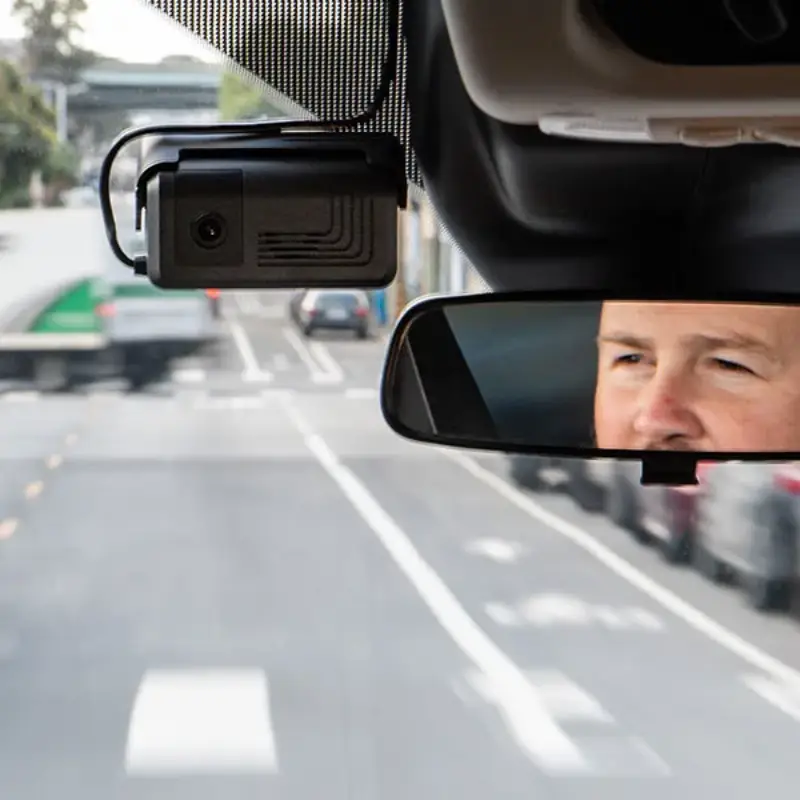
Some top-performing AI dashcam models include:
- Samsara CM32 – Widely used in fleet vehicles with superior driver monitoring capabilities.
- Nextbase iQ – Offers intelligent features like live-view, cloud backup, and emergency SOS alerts.
- Owl Cam Classic 5.0 – Known for real-time alerts and excellent low-light performance.
- Garmin Dash Cam Live – With LTE connectivity and incident detection, ideal for both personal and commercial use.
Smarter Driving Is the Future
The rise of AI dashcams is more than a technological trend it’s a paradigm shift in how we approach road safety, accountability, and driving intelligence. Whether you’re a daily commuter, a ride-share driver, or a fleet operator, investing in a high-quality AI dashcam can significantly improve your peace of mind, driving efficiency, and operational safety. As this technology continues to evolve, the road ahead looks not only smarter but undeniably safer.


